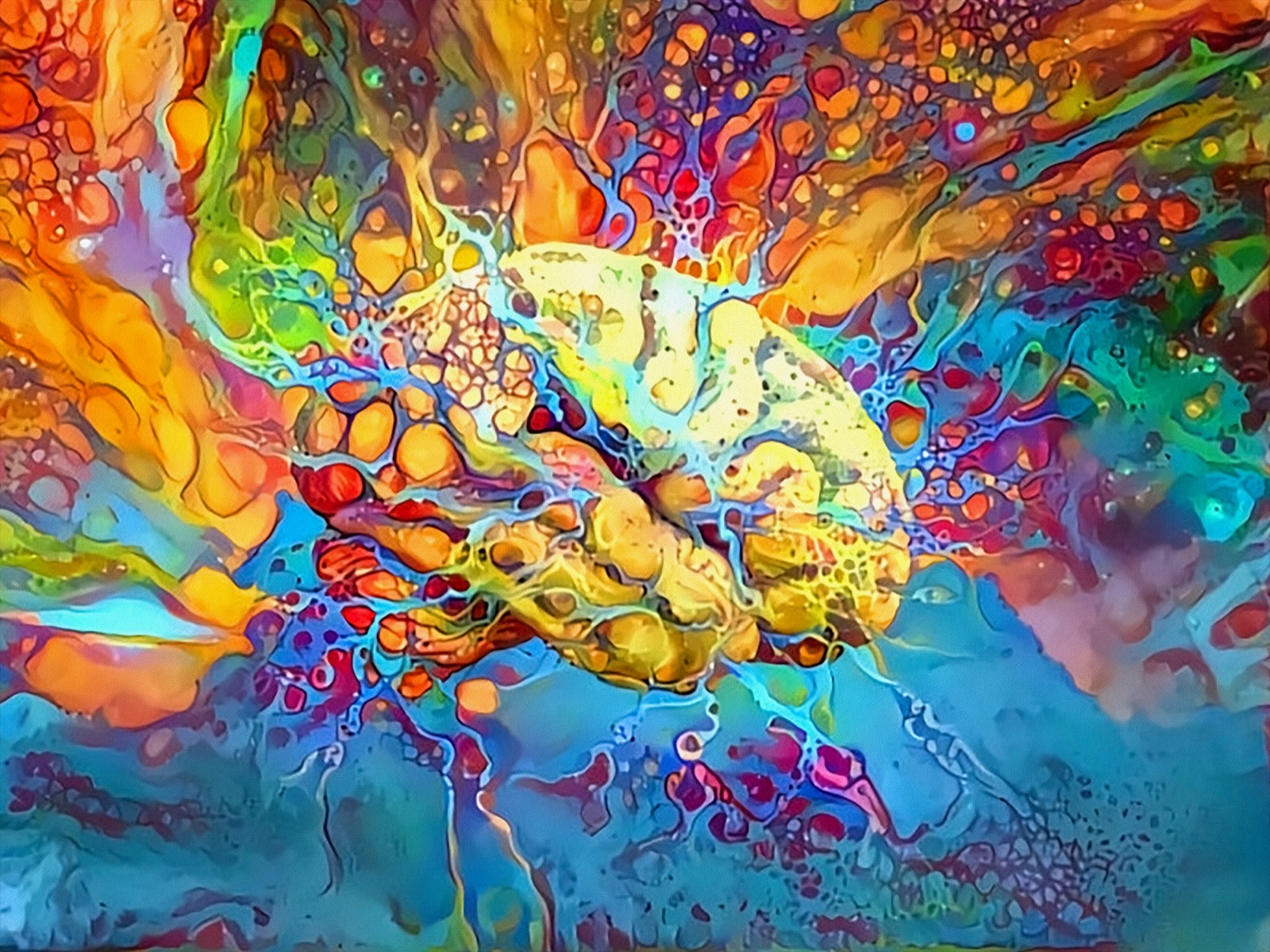Introducing one of the most Intriguing Trump Art Parts of the Years
Introducing one of the most Intriguing Trump Art Parts of the Years
Blog Article
Exploring the Diverse Globe of Artistic Expression: From Surrealism to Abstract Realistic Look
In the realm of creative expression, from the dreamlike landscapes of surrealism to the complex play of light and type in abstract realism, musicians have continually pressed the boundaries of imagination and imagination. Each activity holds an one-of-a-kind lens where the world is seen and analyzed, providing a look into the depths of human emotion, understanding, and believed. As we check out the complex world of art, we exist with a tapestry of designs, methods, and viewpoints that test our understanding and prompt contemplation. The trip via these diverse kinds of creative expression guarantees to untangle an abundant tapestry of aesthetic narration and intellectual questions that astounds the mind and mixes the soul.
Surrealism: Unleashing the Subconscious
Surrealism, a progressive imaginative activity of the 20th century, explored the depths of the subconscious, revealing a globe of dream-like images and unusual juxtapositions. Headed by artists like Salvador Dali, René Magritte, and Joan Miró, Surrealism sought to test the traditional methods of comprehending and seeing art. Via techniques such as automatism and desire analysis, Surrealist artists intended to tap right into the unconscious mind to expose hidden realities and wishes.
One of the crucial aspects of Surrealism was the focus on the unreasonable and the remarkable. By incorporating unexpected aspects in their jobs, Surrealist musicians intended to develop a sense of disorientation and surprise in the customer. This disruption of logic and factor was indicated to prompt a much deeper exploration of the subconscious and the mysteries of the human subconscious.
Abstract Realism: Redefining Assumption
Challenging standard imaginative limits, Abstract Realism redefines assumption through the fusion of identifiable elements with abstract forms. This innovative approach to art integrates the representational accuracy of realism with the creative liberty of abstraction, providing visitors an unique visual experience that motivates them to question their understanding of reality.
In Abstract Realistic look, artists strive to record the significance of their topics while likewise instilling their deal with a feeling of deepness and intricacy via abstract aspects. By blending the acquainted with the strange, these artists invite audiences to engage with their pieces on several degrees, encouraging them to discover the subtleties of shade, appearance, and kind.

Cubism: Fragmentising Fact
Using fragmented perspectives and geometric types, Cubism reinvented the artistic representation of fact in the very early 20th century. Established by Pablo Picasso and Georges Braque, Cubism looked for to challenge traditional notions of viewpoint and representation. By breaking down items and figures right into geometric shapes and presenting them from multiple perspectives all at once, Cubist musicians intended to record the significance of the subject instead than its actual look. This strategy not only deconstructed truth yet likewise emphasized the flatness of the canvas, leading the means for future abstract art movements.

Cubism can be categorized into two major stages: Analytical Cubism, characterized by monochromatic webpage color design and complex, fragmented forms; and Synthetic Cubism, which integrated collage components and brighter shades into the compositions. With these distinct phases, Cubism influenced not only painting yet additionally sculpture, design, and design. trump art. Its influence resounded throughout the art world, inspiring musicians to discover new means of analyzing and representing the globe around them
Expressionism: Emotions on Canvas
Discovering the depths of human emotions through vivid and expressive brushstrokes, Expressionism became an extensive imaginative movement in the early 20th century. Unlike previous art motions that concentrated on depicting the outside world, Expressionism dove right into the inner realm of the musician's mind, intending to evoke raw feelings and prompt natural actions from viewers.
Expressionist musicians, such as Edvard Munch, Egon Schiele, and Emil Nolde, rejected typical notions of appeal and realism in support of misshaping type and shade to convey subjective feelings. The usage of exaggerated brushwork, strong shades, and distorted numbers helped produce a feeling of worry, alienation, or enthusiasm in their jobs.
Among the most popular instances of Expressionism is Munch's "The Scream," which captures the extreme anxiousness and despair of contemporary life via its swirling, distorted figure try this website versus a blood-red skies. Through their mentally billed jobs, Expressionist artists sought to challenge standard artistic norms and supply a home window into the rough depths of the human heart.
Contemporary Art: Advancing Perspectives

Among the specifying qualities of modern art is its constant development and ability to adapt to transforming social landscapes. Artists are progressively including modern technology into their method, obscuring the lines between the physical and electronic realms. This blend of mediums enables innovative methods of narration and involving with audiences in a much more interactive fashion.
Furthermore, contemporary art usually functions as a system for social discourse, addressing pressing issues such as identity, politics, and the environment. Musicians are utilizing their job to trigger vital discussions and prompt thought, shedding light on the complexities of the globe we stay in. As point of views remain to develop, contemporary art remains a dynamic and influential force in forming our cultural landscape.
Conclusion
Finally, the globe of artistic expression includes a broad variety of styles and activities, each with its own unique strategy to sharing significance and feeling. From surrealism's exploration of the subconscious to abstract realistic look's redefining of perception, and from cubism's fragmentation of fact to expressionism's representation of emotions, art remains to progress and challenge perspectives - trump art. Contemporary art mirrors the ever-changing globe we live in, offering brand-new ways to interpret and recognize the complexities of our fact
As we check out the multifaceted globe of art, we are provided with a tapestry of designs, methods, and viewpoints that test our understanding and provoke reflection. Its effect resounded throughout the art globe, inspiring musicians to check out new methods of standing for the world and translating around them.

Report this page